Six things you might not know about Columbus' Hilltop neighborhood
The Hilltop, one of Columbus' largest urban neighborhoods, just west of Downtown, has a storied history that may surprise even some longtime city residents.
The land was originally owned by Lucas Sullivant, who founded Franklinton and left 1,600 acres of what is now the Hilltop to his two sons, William and Michael. In its early days, the area was known as Sullivant's Hill.
The Great Flood of 1913 along the Scioto River nearly destroyed neighboring Franklinton and enticed people to move to higher ground on the Hilltop, which prospered as a community during the first half of the 20th century.
The construction of several malls in the area and suburban flight in the 1950s and 1960s influenced the Hilltop's decline. It wasn't until the 2000s that broad interest in the community as a place to live was aroused.
Here are six things you might not have known about the history of Columbus' Hilltop neighborhood:
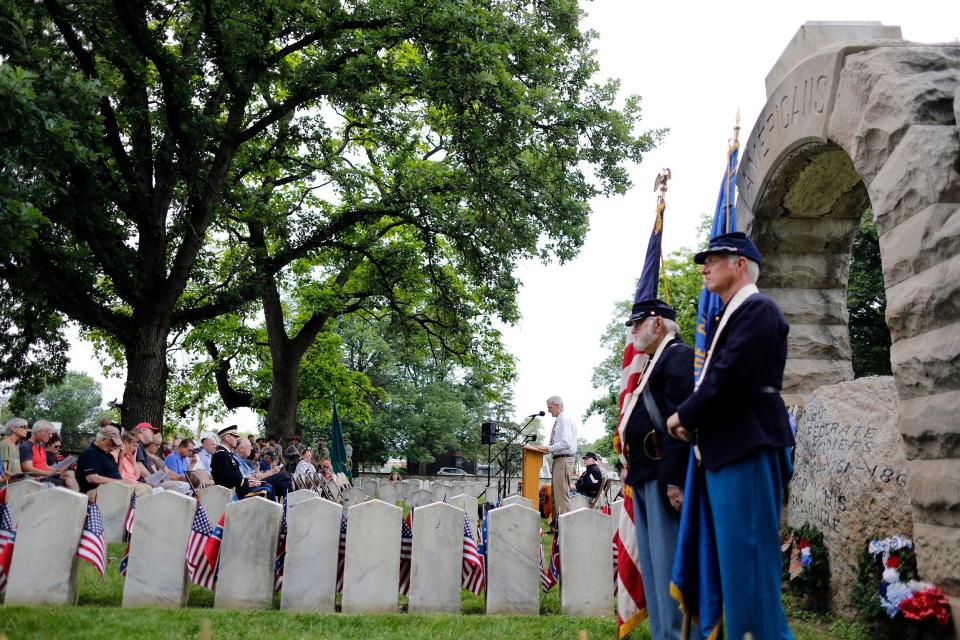
1. It was home to one of the largest Civil War camps in the North
One of the largest Union Army prisoner-of-war camps during the American Civil War once stood on the Hilltop.
Camp Chase, a 160-acre training camp for Ohio volunteers for the Union Army was turned into a prisoner-of-war camp, housing thousands of captured Confederate troops during the Civil War.
At its peak, the camp hosted 9,423 prisoners in January 1865 before closing in July of that year.
Today, the cemetery –– a small, two-acre plot built in 1863 –– is all that remains. Its entrance is on 2900 Sullivant Ave.
The Hilltop Branch of the Columbus Metropolitan Library sits on land that was once where the sick prisoners were housed, Branch Manager John Tetzloff said.
Although the vast majority of the camp was dismantled after the war and has been lost to time, a memorial service has been hosted at the cemetery on the second Sunday in June each year since 1895. The service was first organized by former Union Col. William H. Knauss, and is now sponsored by the Hilltop Historical Society.
Local interest in the cemetery and its history has kept the memory of Camp Chase alive. In 2009, Recovery Act funds were used to repair the headstones in the cemetery and a local artist, Curtis Goldstein, painted a mural about Camp Chase at nearby Westgate Park.
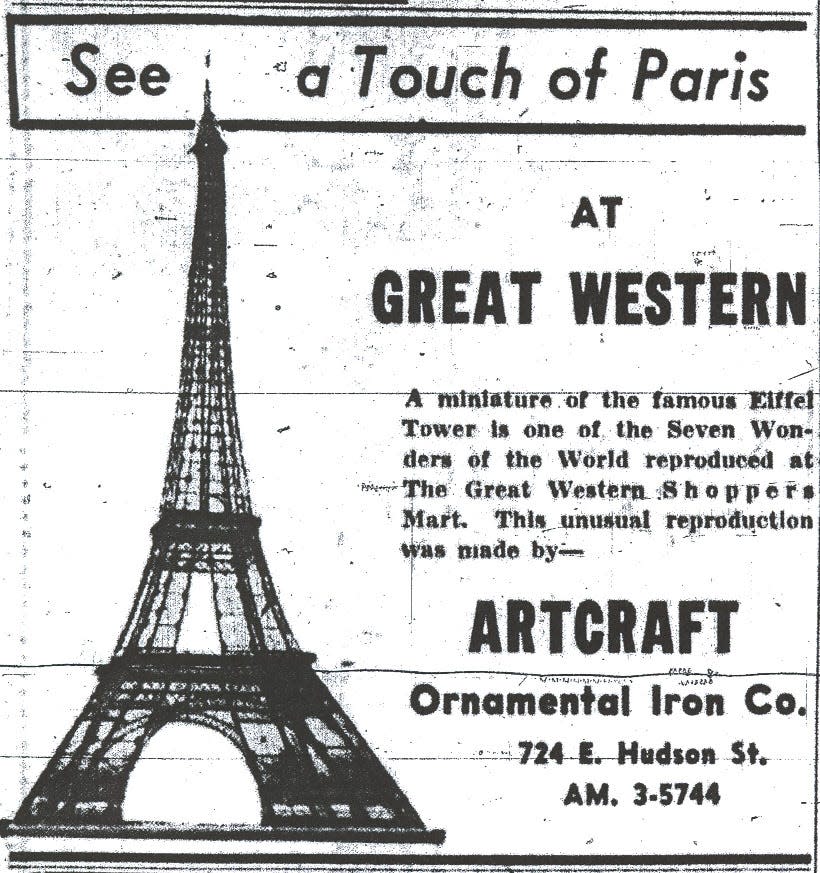
2. It was host to a lesser-known Seven Wonders of the World
Columbus used to have its very own Seven Wonders of the World, conveniently located next to each other at a Hilltop shopping center.
The exhibit, called the Walk O' Wonders, opened in front of the then-Great Western Shoppers Mart parking lot in 1956 and was free for the public.
The display featured mini replicas depicting the Eiffel Tower, standing 22-feet tall; Niagara Falls, with 1 million gallons of water flowing daily; the Taj Mahal; the Sphinx and the Great Pyramids; the Parthenon; a 20-foot-tall Leaning Tower of Pisa; an eight-foot deep and 40-foot-long Grand Canyon; the Carlsbad Caverns; and the Trevi Fountain.
The attraction, dreamed up by mall developer Don Casto at a $250,000 price tag, took up a 700-foot by-60-foot strip in the center's parking lot.
The exhibit, however, was frequently vandalized. Children would pour soap powder into the Niagara Falls and maintenance was difficult, according to The Dispatch archives, eventually leading to the demise of the display.
Most of the wonders were bulldozed and destroyed in the 1970s after several years of decline. The Eiffel Tower, however, remained intact and lasted seven additional years at the center before finding a new home at a private residence in 1979.
Though the exhibit closed decades ago, the Walk O' Wonders seems to have kept a place in many local peoples' hearts.
A June 1987 Dispatch column extolled the benefits of having the tourist attraction, mourned its loss and made a case for bringing the wonders back to Columbus, only indoors.
3. Jesse Owens lived on the Hilltop when Ohio State wouldn't let him live on campus
Jesse Owens, a Black man who won four gold medals in track and field in the 1936 Olympics in Berlin, lived on the Hilltop while attending Ohio State University.
He lived at a house on South Oakley Avenue because Ohio State didn't allow Black students to live in the dorms then. His former house is on the Highland West Art Walk.
Owens died in 1980 of lung cancer. He was 66.
In 2001, the 10,000-seat Jesse Owens Memorial Stadium opened at Ohio State. It hosts track and field events, as well as lacrosse and soccer games.
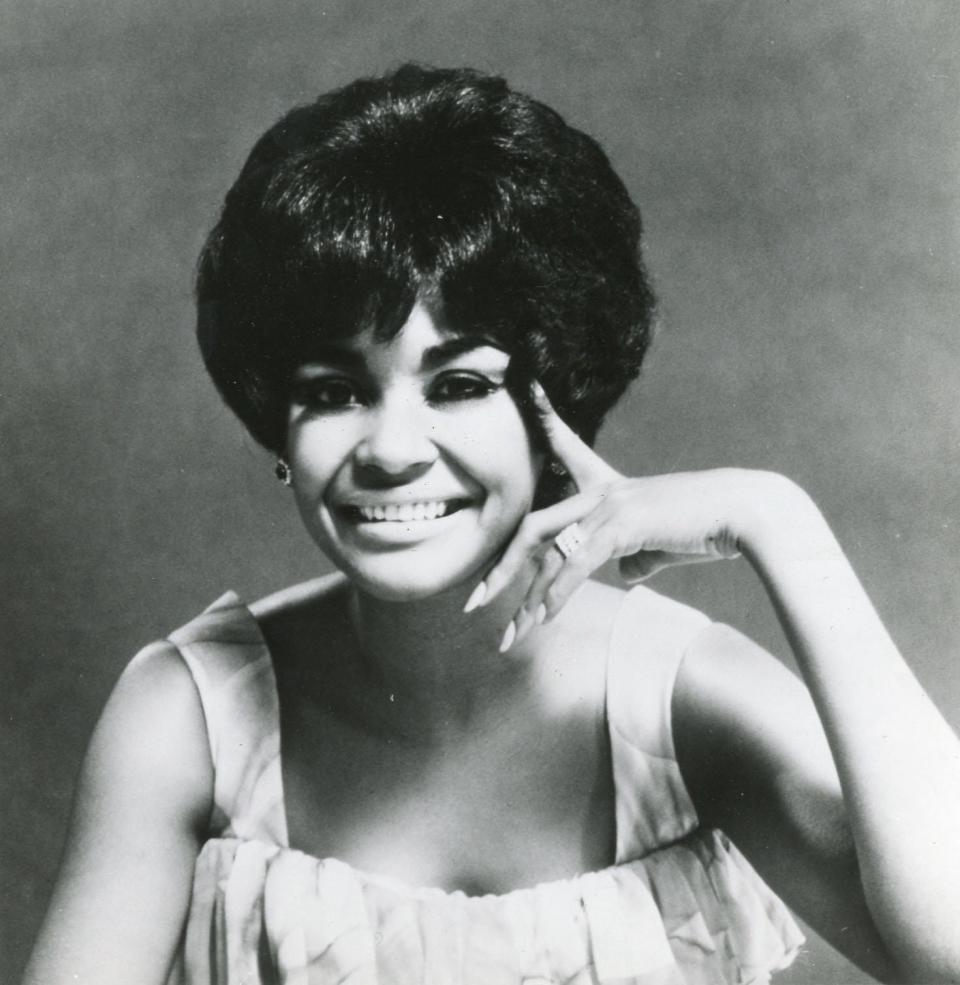
4. Jazz great Nancy Wilson called the Hilltop home
Nancy Wilson, a nationally renowned jazz singer who died in 2018 at the age of 81 after more than 50 years in the music industry, lived on the Hilltop. She attended West High School.
Wilson won three Grammy Awards for her work, which also went platinum, and released more than 60 albums.
Wilson, born in Chillicothe, started singing at church as a young child and was performing in local clubs by age 15. In 1956, she became a member of Rusty Bryant's band in Columbus and left the city three years later when she got a record deal with Capitol Records.
She went on to receive an Emmy for her 1974-1975 variety show on TV and was known for her clear voice.
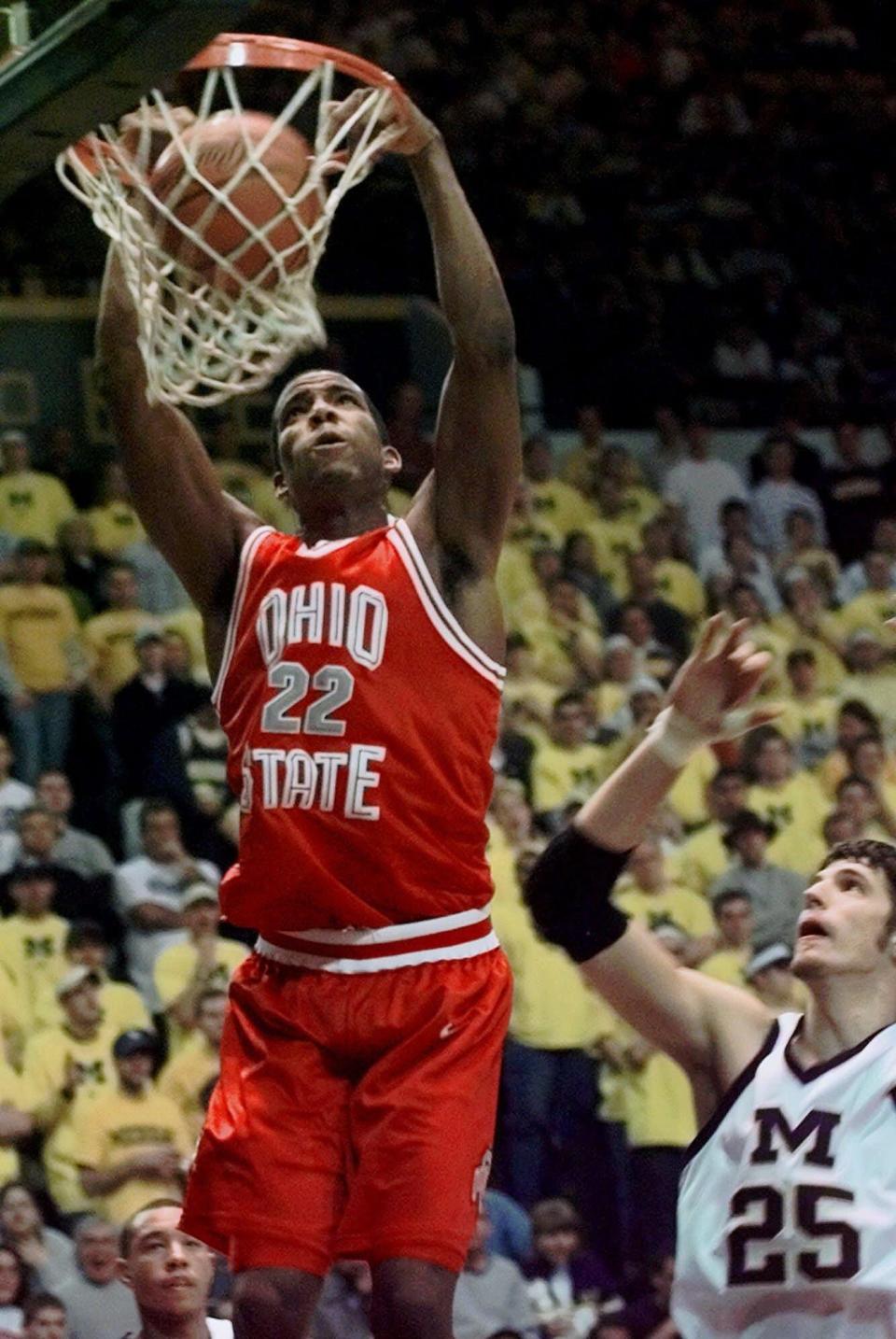
5. Michael Redd grew up there, too
Michael Redd –– an Ohio State University alumnus, former NBA All-Star and Olympic gold medalist –– grew up on the Hilltop and attended Columbus West High School.
He played at Ohio State from 1998 to 2000.
In 2000, he was drafted by the Milwaukee Bucks and became an NBA All-Star in 2004. He was also the team's MVP five times and got a gold medal in 2008 at the Beijing Olympics.
He's also been inducted to the Ohio State Athletics Hall of Fame and the Ohio Basketball Hall of Fame.
Redd retired in 2013 and moved back to Columbus, where he is now an investor, philanthropist and businessman. He was a commencement speaker at an Ohio State graduation in August 2020.
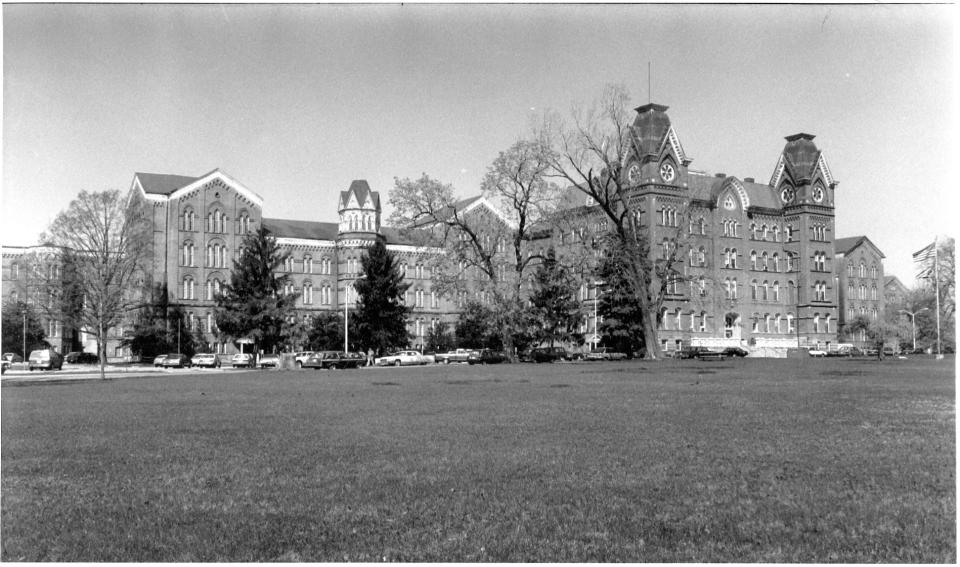
6. The nation's largest building — before the Pentagon — was on the Hilltop
Built on the Hilltop in 1877, the Central Ohio Psychiatric Hospital was the nation's largest building for more than 70 years until 1943, when the Pentagon was built.
The old hospital, which opened as the Ohio Lunatic Asylum, was built where the Ohio Department of Public Safety's Charles D. Shipley Building now sits at 1970 W Broad St., just inside the boundaries of the Hilltop.
It was the first state-supported hospital in Ohio and had many names over the years, including the Columbus State Hospital.
The design was state-of-the-art, according to The Dispatch archives, and featured an administration building with different wards on either side, with patients organized according to their gender and symptoms.
At the time, 90% of all psychiatric care in Columbus was offered on the Hilltop. The hospital on the Hilltop grew over time and had up to 3,500 patients at its peak, with most returned back to the community.
After falling into disrepair during the 1980s, the building was demolished in 1991, according to The Dispatch archives. Many didn't want the historical building to be razed, in part because it was designed by a physician.
This story is part of the Dispatch's Mobile Newsroom initiative. Visit our reporters at the Columbus Metropolitan Library's Hilltop branch library and read their work at dispatch.com/mobilenewsroom, where you also can sign up for The Mobile Newsroom newsletter.
dking@dispatch.com
@DanaeKing
jfulton@dispatch.com
shendrix@dispatch.com
@sheridan120
This article originally appeared on The Columbus Dispatch: Hilltop: Interesting facts about historic Columbus neighborhood

